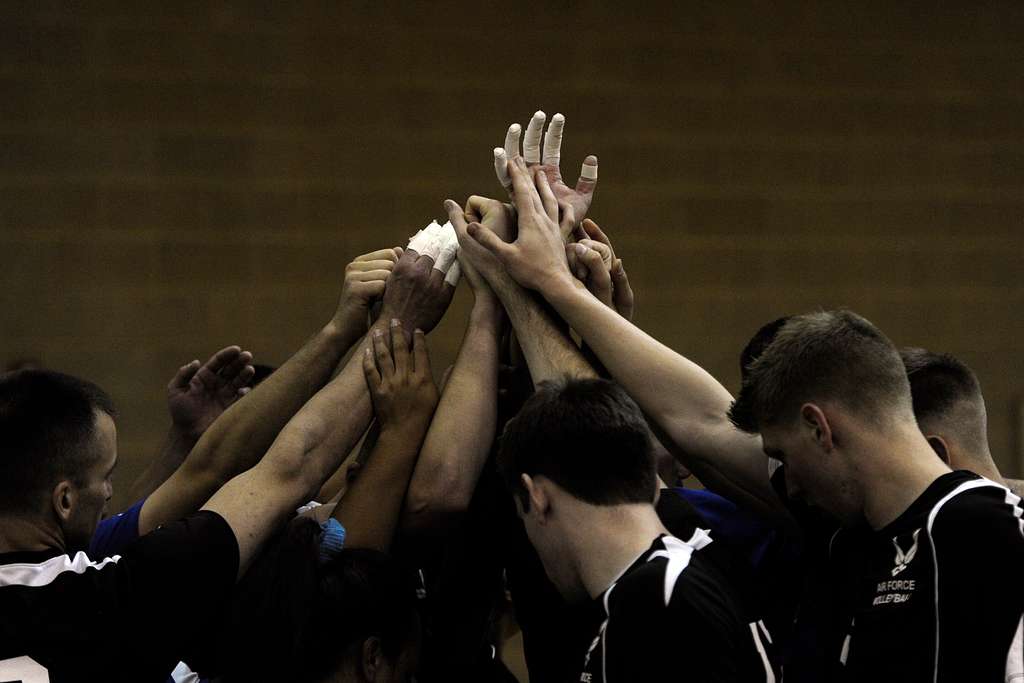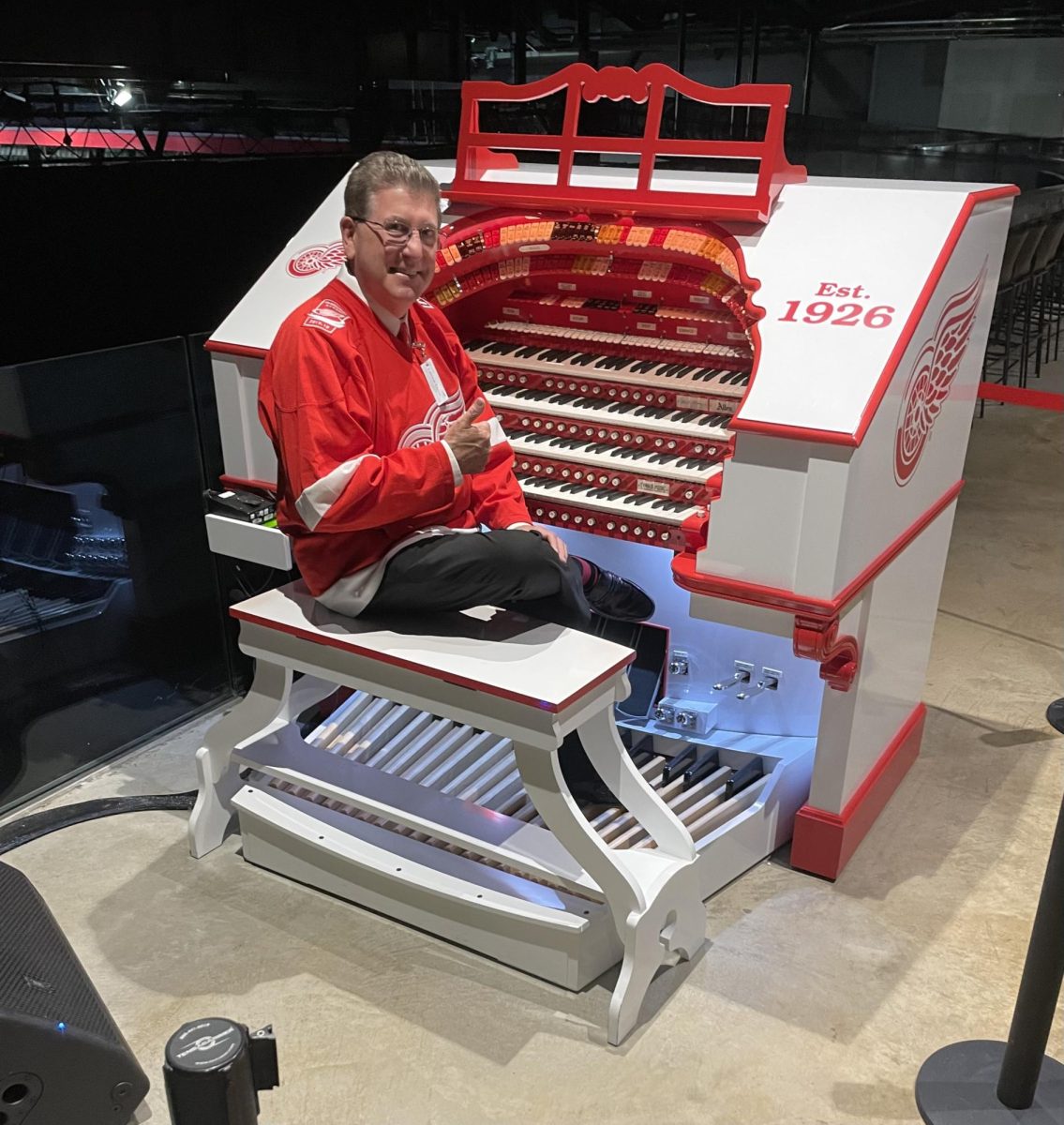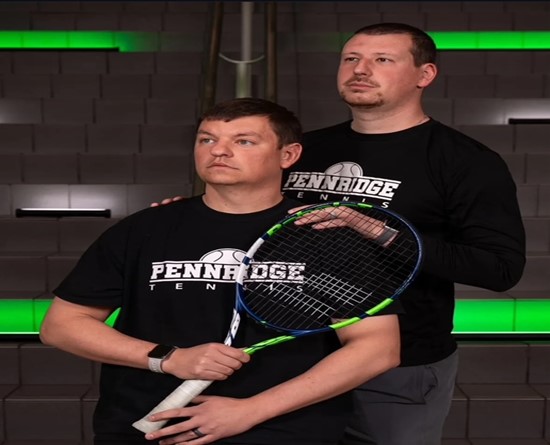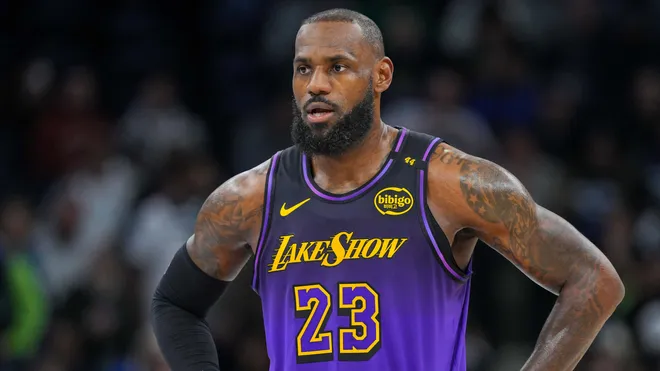Workouts are essential for success in all different kinds of sports. Volleyball, however, requires a lot of quick and fast movements that demand a specific kind of training. This is known as plyometrics, defined as “exercise involving repeated rapid stretching or contraction of muscles to increase muscle power.” These fast-paced movements not only apply to volleyball but can also be helpful on the court.
Lifting weights can help players build the strength that’s required for volleyball. If you work hard in the gym, the increased muscular prowess can help you jump higher, move faster, and increase your aerobic capacity. For example, hitting is a complex process. It requires leg strength to jump up to hit the ball and upper body strength to hit the ball. Also, it can incorporate core strength because you need to properly rotate your body to position yourself to hit the ball.
Plyometrics are known to increase the power output of the muscles, speed of muscle contractions, vertical jump, improve your ability to move around quickly, decrease the risk of injury, and more. These workouts target the leg and hip muscles, and if you stay consistent, the product can be an increased vertical jump. It may not seem much of a difference, but a few extra inches on your vertical can give you an advantage when hitting. If you jump higher, you can swing to spots on the court that others might be unable to do. Logan Jalosinski, the star outside hitter of the Pennridge men’s volleyball team, uses weight training and plyometrics to increase his performance. As a sophomore, Jalosinski has been training for volleyball since the summer of his freshman year. This past summer, he trained in plyometrics on his own, including exercises such as step-ups, calf raises, and leap-ups. Over the summer, he dedicated his time to achieving a three-inch improvement in his vertical approach jump.
Increasing vertical jump height is extremely important for volleyball players, especially Jalosinski’s position on the outside, but more than just lower body work needs to be done. Jalosinski mentions upper body training, saying, “A good amount of it is lower body strength, but during the summer, I will be working with my coach for shoulder strength.” Upper body training and shoulder strength are essential for volleyball players because these practices increase power on the ball and, arguably more importantly, decrease the risk of injury. The rigorousness of volleyball training is considerably intense, at least for an athlete like Jalosinski. Practice takes place every weeknight, and tournaments are held almost every weekend during the season. During the offseason, he trains for plyometrics and has club practice three times a week with more tournaments. Looking forward, Jalosinski expects to train harder during the summer and focus on training plyometrics and upper body strength.
Aaron Ladd, a middle blocker on the Pennridge men’s volleyball team, also applies plyometrics to his training. He noted that it’s not only about increasing your vertical but rather “increasing your agility and explosivity. On the court, you not only need to jump high but also move quickly.” As a division three commit to Wilkes University, training his legs is essential to his success on the court. He states these workouts will “help me run faster, jump higher, and give me a more explosive jump.”
The overall training for volleyball involves training for explosiveness for power and jump height, commitment to practices, and consistency in training. As a volleyball athlete, you should also train for agility and balance to improve your movement on the court. All athletes need to stay committed to their sport and hold themselves accountable to pursue success.





